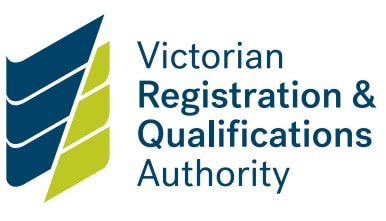About the Standard
This Standard focuses on building child safety knowledge, skills and awareness in all staff and volunteers.
Providers must deliver training to their staff and volunteers so that they can:
- create culturally safe environments
- respond effectively to indicators and disclosures of child abuse.
Staff and volunteers must work to establish a child safe culture with the international child in mind.
Are you a registered school?
CRICOS schools and SEOs that are also registered schools should follow the child safe advice for schools. They must ensure their CRICOS and SEOs operations are incorporated into the school’s compliance with the Standards. They should tailor advice to their international student cohort and community.
Schools - child safety knowledge, skills and awareness regulations
Staff and volunteers are equipped with the knowledge, skills and awareness to keep children and young people safe through ongoing education and training.
A CRICOS or SEO school complying with this Standard may equip staff and volunteers to:
- be informed about policies and procedures to ensure child safety
- know how to support a person disclosing harm to an international student
- know how to support international students in homestay or school boarding accommodation or staying with a host family
- take responsibility for a younger international student’s welfare
- create a culturally safe organisational environment
- manage risks particular to international students.
Are you a non-school student exchange organisation?
Non-school student exchange organisations (SEOs) should follow the advice provided on this page and ensure that student care and oversight of inbound and outbound exchange programs match.
How to comply
A non-school SEO must deliver ongoing child safety training to staff and volunteers. The training must cover specific topics including:
- how to build culturally safe environments for students
- information sharing and recordkeeping obligations
- identifying and mitigating child safety risks
- how to recognise indicators of child harm including harm caused by other children
- how to support and implement the Child Safety and Wellbeing Policy and Child Safety Code of Conduct
- the procedures for responding to complaints and concerns about child abuse
- how to respond effectively to issues of child safety and wellbeing and support colleagues who disclose harm
- the organisation's child safety practices, policies and procedures
All non-school SEOs should deliver training to new and existing staff and volunteers. The training must be tailored to the needs of the organisation and the role that a person performs.
Examples of compliance
A non-school SEO complying with this Standard may:
- develop a training register that includes records of participation by staff and volunteers
- provide child safety training on induction and through frequent refresher training
- provide training resources and tools that are consistent, simple, accessible and easy to use
- provide training for staff and volunteers, including local coordinators, that includes instruction in:
- conflict resolution
- procedures for handling and reporting emergency situations and critical incidents
- processes for screening host families and judging their suitability to provide accommodation
- processes to ensure that the student's accommodation is appropriate to their age and needs
- how to support inbound and outbound exchange students
- examples of where, when, how, to whom and by whom child abuse can occur in student exchange settings
- child abuse and safety.
Updated


